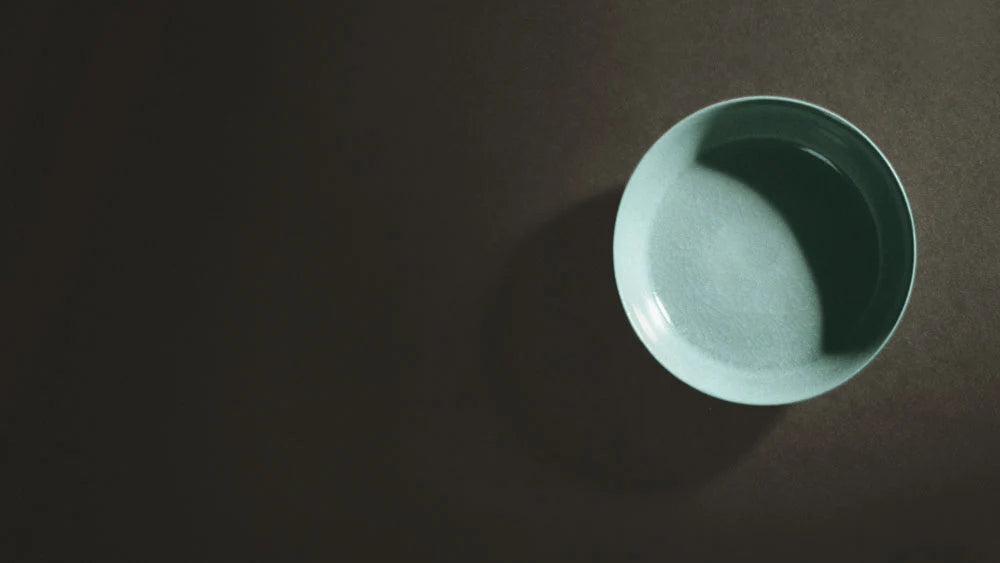The Song Dynasty (960-1279 AD) is renowned for its highly developed and sophisticated porcelain production and other art forms including painting and calligraphy. During the Song Dynasty, Chinese potters began to perfect the craft of porcelain production, creating delicate shapes and beautiful glazes. They developed a range of techniques and glazes, such as underglaze blue and celadon, to create intricate designs and patterns on the porcelain.
In addition to its porcelain, the Song Dynasty was also known for its other art forms, such as painting and calligraphy. Painting during the Song Dynasty was characterised by a refined style, with a focus on the use of light and shade to create an illusion of depth. Calligraphy was also highly developed during this period, with the use of brush and ink to create expressive and beautiful characters.
Ru ware, treasure of the Song dynasty
Ru ware is a type of Chinese porcelain that was produced during the Song Dynasty (960-1279). It is known for its thin, delicate walls, delicate and subtle glaze, and intricate design. Ru ware was made in the kilns at Qingliangsi, near the city of Ruzhou in Henan province, and it is named after this location.
Ru ware is considered to be one of the finest and most highly sought-after types of Chinese porcelain. It was made using high-quality kaolin clay and fired at extremely high temperatures, resulting in a thin, translucent body that is highly resistant to cracks and chips. The glaze on Ru ware is thin and delicate, with a subtle, shimmering quality that is often described as "oily." The glaze is typically blue-green in color, although other colors, such as pink and yellow, were also produced. Ru ware was highly prized for its beauty and craftsmanship, and it was often used for important ceremonies and given as gifts to high-ranking officials.
Although Ru ware was produced during the Song Dynasty, it continued to be highly prized and sought after in later periods, and it has had a significant influence on the development of Chinese porcelain. Today, Ru ware is considered one of the most valuable and collectible types of Chinese porcelain, and it is highly sought after by collectors and connoisseurs around the world.
Exceptional examples from the Song
-

Exceptionally rare Northern Song dynasty Ru Guanyao brush washer - Sotheby's
Ru guanyao court ware was made in China’s late Northern Song dynasty (960-1127) with limited production. This bowl is one of only four known heirloom Ru wares known to remain in private hands.
-

Carved Ding ware lotus bowl, Northern Song Dynasty, Sotheby's
Official 'Ding' ware bowl with elegant rounded sides rising from a low foot with an interior carved with a lotus blossom amidst curling foliate leaves.
-

Rare Guan lobed brush washer, Southern Song dynasty (1127-1279)
Beautifully potted with shallow rounded sides subtly divided into eight fluted lobes and rising to a foliate rim, enveloped in a radiant bluish-green glaze.
Song objects from the collection
Explore our Song Chinese porcelain collection, gathered over many years and brought to you by objets de vertu.
Objects of Virtu
Small Longquan Dish - Song
Share
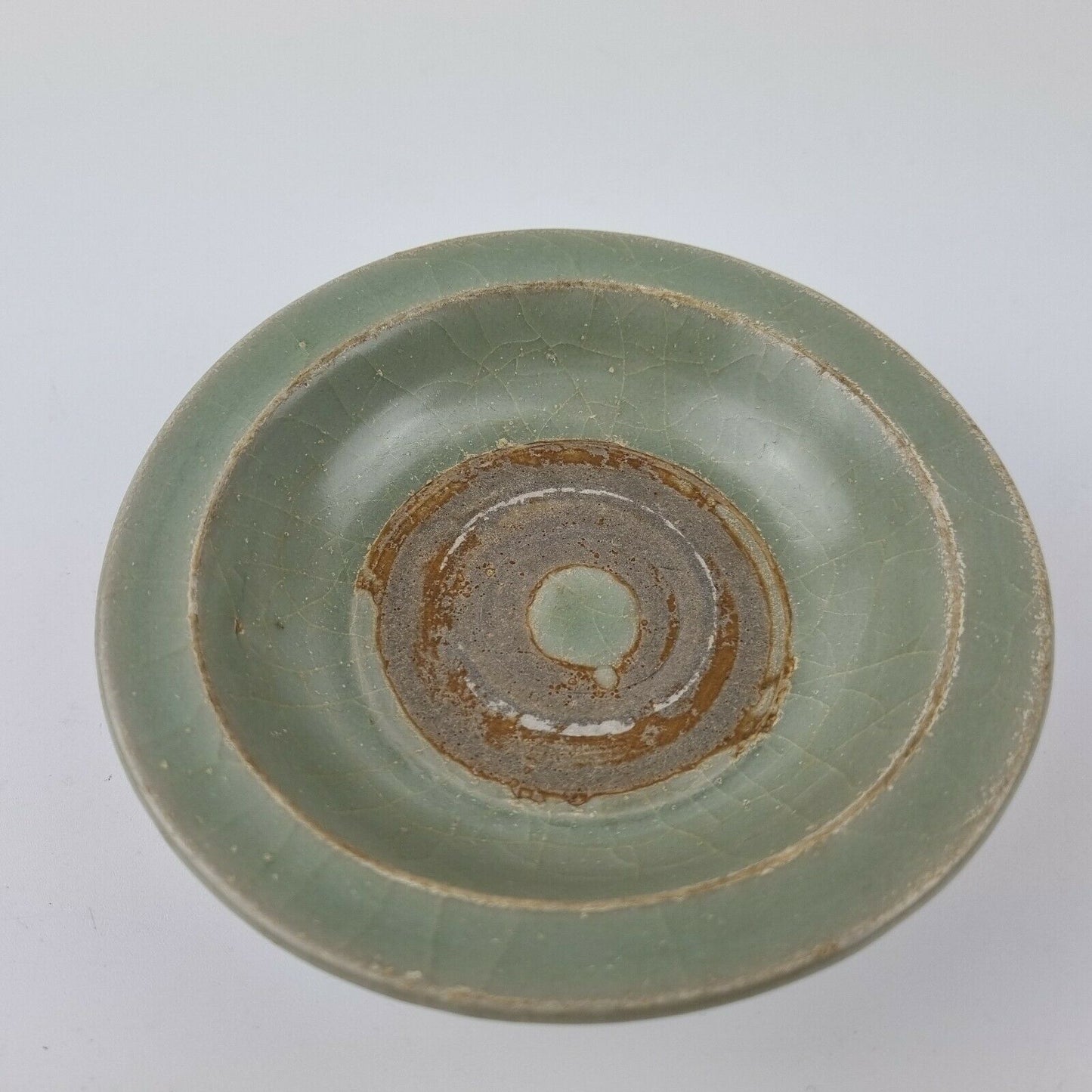
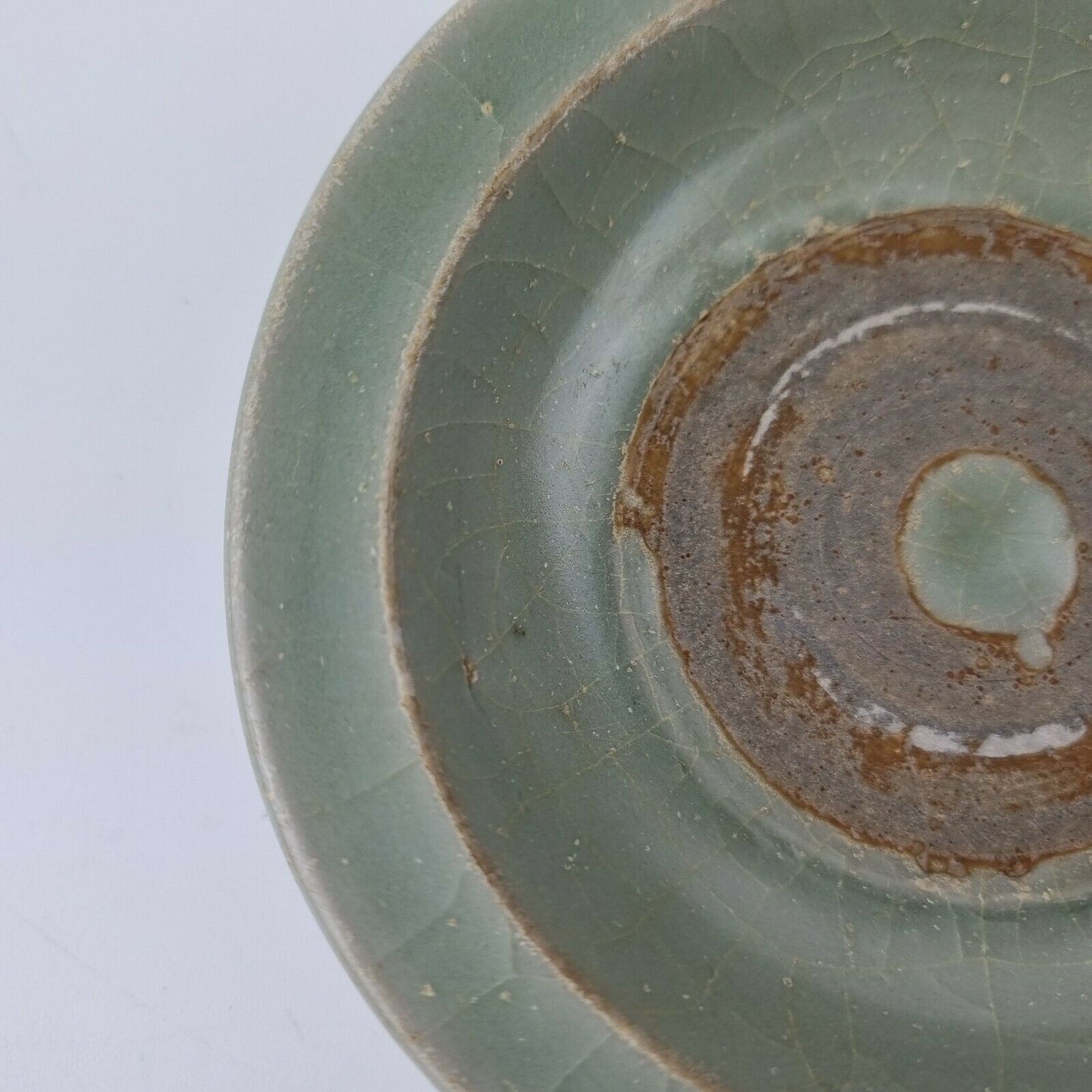
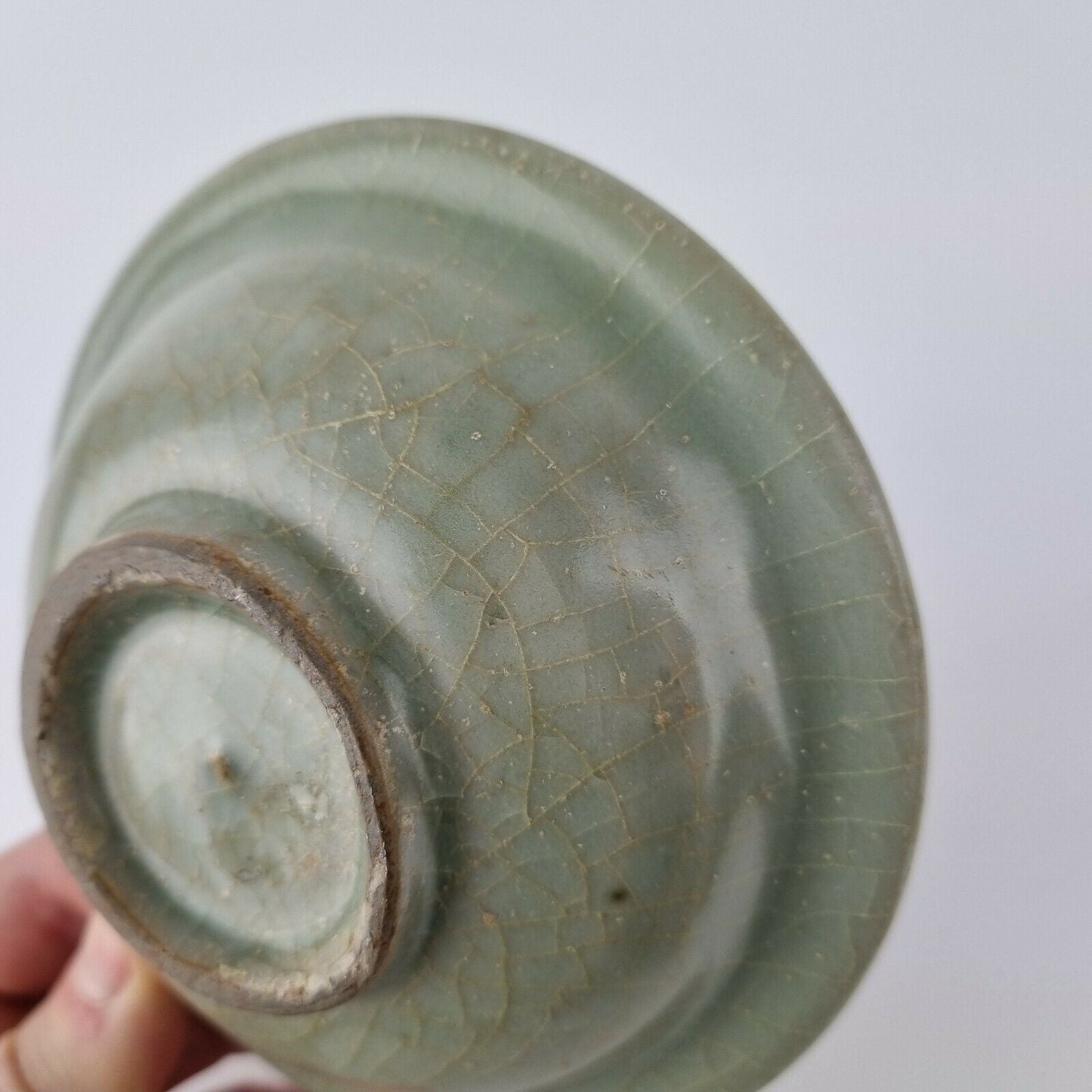
Explore more Song objects
-
Celadon-glazed jar, Song dynasty (960-1279)
Regular price £1,650.00 GBPRegular priceUnit price per -
Small Longquan Dish - Song
Regular price £1,800.00 GBPRegular priceUnit price per
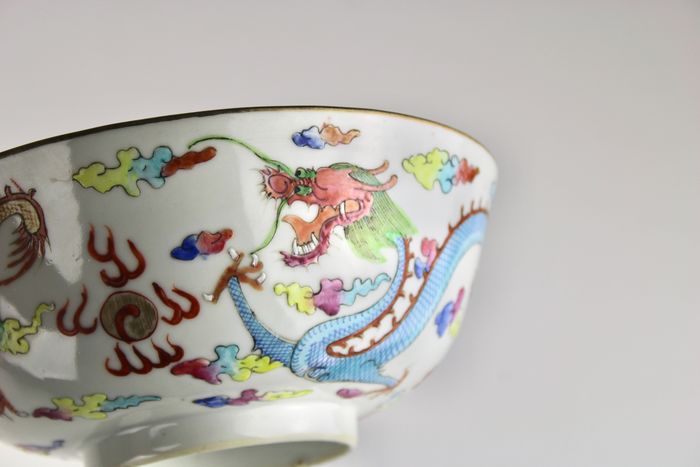
Our promise
We offer a hand curated collection of beautiful objects from porcelain to jades. Buy securly online, from experts in antique and modern oriental arts.

